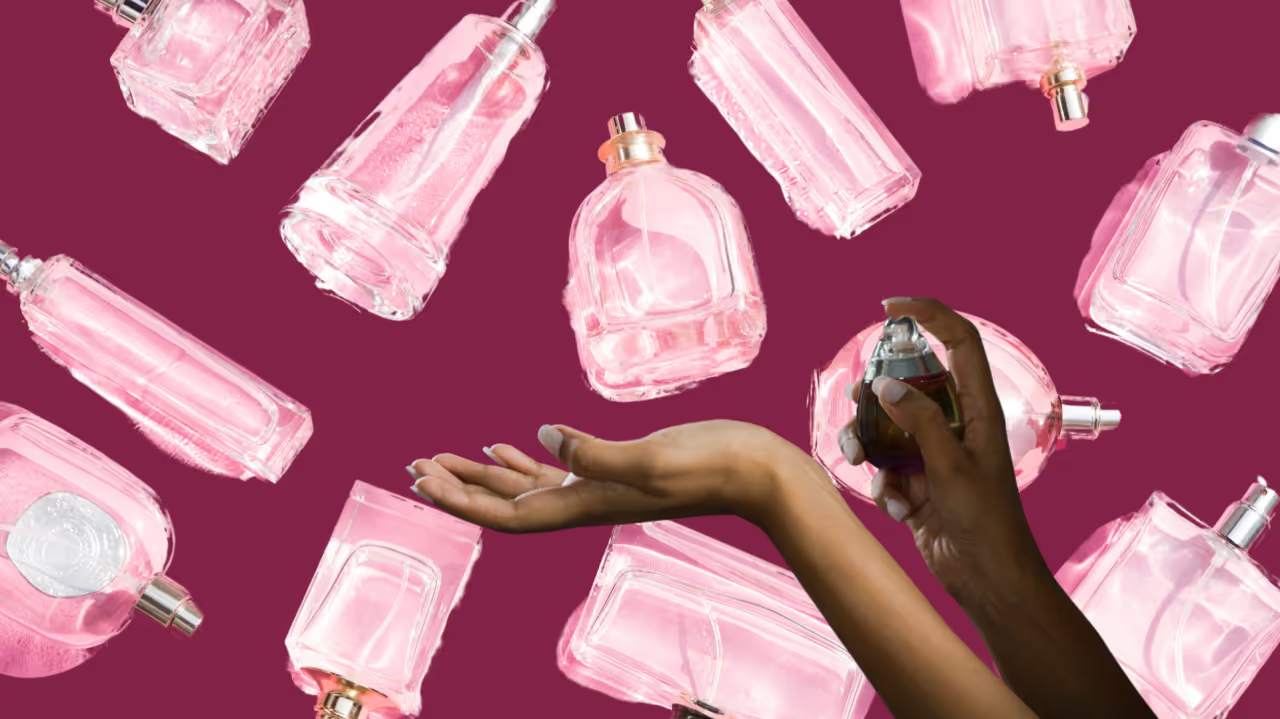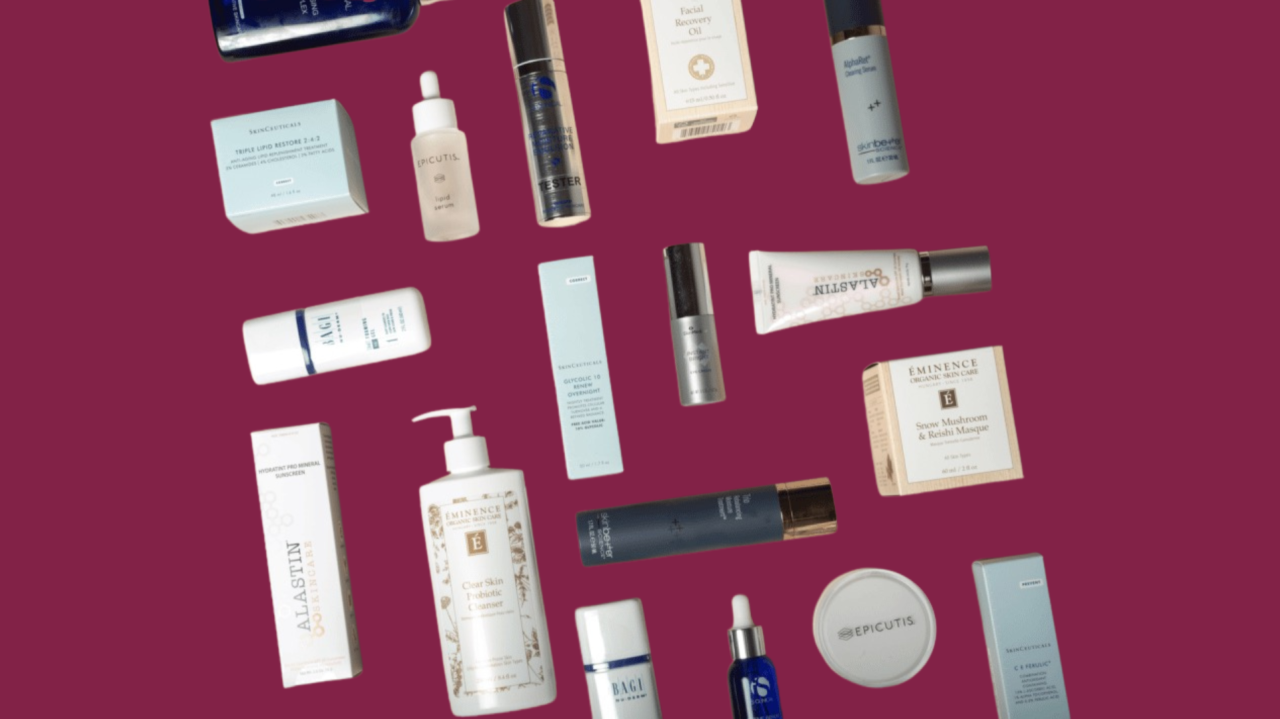Perfume might feel like the least “compliance-heavy” product on your bathroom shelf, but in reality, it’s one of the most tightly regulated categories in cosmetics.
Whether you're launching your own fragrance or just curious about what’s behind that fancy glass bottle, here are five compliance and regulatory facts about perfume that might surprise you.
1. Fragrance formulas are considered trade secrets, but you still need an INCI list
Perfume houses are notoriously secretive about their formulations. The exact blend of fragrance ingredients (often called the “parfum” or “aroma” on the label) is protected as intellectual property. That’s fair enough. No one’s asking Chanel to hand over No.5’s recipe.
But here’s the catch: you still need to declare allergenic fragrance components. Under both UK and EU regulations, 26 fragrance allergens must be listed individually on the label if they are present above certain thresholds (0.001% for leave-on, 0.01% for rinse-off products).
So yes, your fragrance can be a trade secret… but only to a point.
2. “Natural” doesn’t mean compliant
Many brands lean into the “natural” trend when it comes to perfume, think essential oils, botanical extracts, and wild-harvested ingredients. It sounds great, but here’s the reality: natural ingredients can still cause reactions, and they’re still subject to regulation.
Some of the most common fragrance allergens, like limonene, linalool, and geraniol, are found in natural essential oils. So if you’re marketing your perfume as “clean” or “chemical-free,” be very careful about your wording, and make sure your safety assessments reflect the full picture.
3. Perfume is classed as a cosmetic, and that means PIFs, CPSRs, and more
In the UK and EU, perfume falls under cosmetics regulation, which means you’re legally required to:
- Create a Product Information File (PIF)
- Have a Cosmetic Product Safety Report (CPSR) completed by a qualified safety assessor
- Label your product according to regulation (including allergens, responsible person, batch number, etc.)
- Notify your product on the UK SCPN or EU CPNP portal before placing it on the market
Skipping any of these steps can lead to products being pulled… or worse.
4. The alcohol in your fragrance isn’t just a formulation choice, it’s a regulatory one
Most perfumes contain high-proof alcohol. That alcohol needs to be denatured; meaning it has additives that make it unfit for consumption (usually to avoid alcohol duty). Using the wrong type of alcohol, or not having the right documentation for it, can cause big problems with trading standards or customs.
So if you’re manufacturing or importing perfume, make sure your supply chain has proper alcohol authorisation and you’re using a compliant blend.
5. Claims like “hypoallergenic” or “dermatologist-tested” are risky territory
Perfume is one of the most common causes of cosmetic allergies, so if you’re tempted to write “hypoallergenic” or “suitable for sensitive skin” on your label, proceed with caution. These claims must be substantiated, and they’ll be closely scrutinised by regulators.
If your perfume contains common allergens (which most do), using terms like this can easily land you in hot water.
Fragrance might feel like fun and fashion, but behind the scenes, it’s full of regulatory nuance. Whether you’re a brand formulating your first scent or a business expanding into fragrance, getting your compliance right matters.
Need help navigating it? You know where to find us.


 By admin
By admin
.svg) May 14, 2025
May 14, 2025







